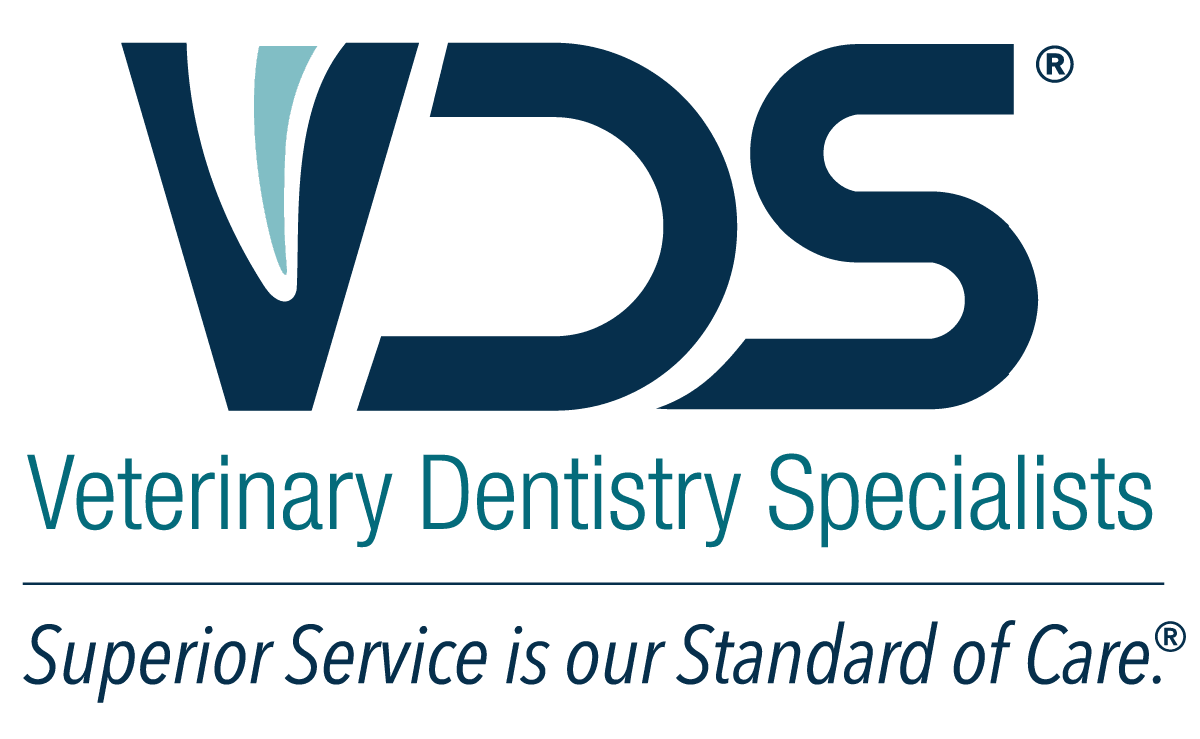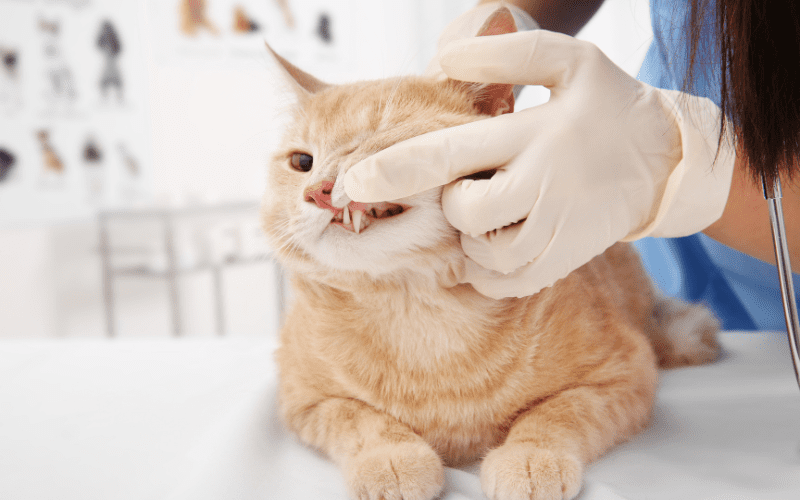Tooth resorption, also previously called feline odontoclastic resorptive lesions (FORLs) or simply resorptive lesions (RLs), was previously thought to only exist in cats, but is a common dental condition in which the tooth structure begins to break down and erode. Any tooth can be affected, but tooth resorption is most commonly noted on the pre-molars of the lower jaw, especially in cats. This condition is progressive and can be painful, as the erosion exposes the sensitive dentin and allows bacteria to invade the tissues, causing inflammation.
It is common in cats and dogs and often goes unnoticed. It’s estimated that up to 60% of cats and 40% of dogs are affected by tooth resorption by the time they are 6 years old. The exact cause is unknown, but it had been hypothesized that purebred cats and dogs appeared to be at higher risk for developing the issue than mixed-breed animals. Regular oral examinations with your veterinarian or veterinary dentist are essential for diagnosing tooth resorption in cats and dogs. Prompt treatment is necessary to relieve pain and maintain good oral function.
Tooth resorption can be classified as being either internal or external. Internal tooth resorption occurs when loss of the tooth structure begins within the tooth root canal. External tooth resorption occurs when the loss of the tooth structure begins on the external surface of the tooth. In both cases, the resulting erosion progressively destroys the tooth structure, eventually affecting all areas of the tooth. Left untreated, the entire tooth will be irreparably destroyed.
Signs of Tooth Resorption
Many cats with tooth resorption display no outward signs, particularly if it is confined to below the gingival (gum) margin. Once resorption progresses and erodes through the gingival attachment, bacteria from the oral cavity can cause painful inflammation of the surrounding soft tissues. This may lead to noticeable signs such as:
- Hypersalivation
- Head shaking
- Sneezing
- Loss of appetite
- Bleeding from the mouth
- Difficulty chewing
- Gagging
- Rubbing the face and mouth
If your cat or dog displays these signs, it is important to have your pet seen by a veterinarian for an oral examination right away.
Diagnosing Tooth Resorption
To diagnose tooth resorption, a veterinarian or board-certified veterinary dentist will perform a comprehensive oral examination. This is often performed under sedation or general anesthesia, which allows them to examine all surfaces of your pet’s mouth and keeps your pet comfortable during the examination. Intra-oral radiographs (X-rays) are also necessary to assess the extent of tooth resorption and to assign a stage and type to the disease. Radiographs, staging, and typing are important and necessary to determine the best course of treatment for your pet’s resorptive lesions.
Stages of Tooth Resorption
The American Veterinary Dental College has established five differ of tooth resorption based on the anatomy of the tooth affected by the disease. A veterinary dentist can determine the stage and type of your pet’s resorption using special dental instruments and x-rays. The five stages of tooth resorption are:
Stage 1: Mild dental hard tissue loss. Cementum or cementum and enamel are affected.
Stage 2: Moderate dental hard tissue loss. Cementum or cementum and enamel are affected, with loss of dentin that does not extend to the pulp cavity.
Stage 3: Deep dental hard tissue loss. Loss of dentin extends to the pulp cavity, but most of the tooth retains its integrity.
Stage 4: Extensive loss of dental hard tissue. Loss of dentin extends to the pulp cavity and most of the tooth has lost its integrity.
Stage 5: The most advanced stage. Remnants of dental hard tissue are visible on radiographs only as irregular radiopacities and gingival covering is complete.
Treatment of Tooth Resorption
Tooth resorption is progressive and often leads to pain and discomfort. Prompt treatment is essential to relieve pain and maintain appropriate oral function.
Internal root resorption is typically treated by extraction of the affected tooth. In some cases, surgical root canal therapy may be performed by your veterinary dentist, but the prognosis for retaining the tooth is guarded.
External root resorption may be treated with tooth extraction or with crown amputation with intentional root retention and gum closure. The type of procedure performed depends on the stage and type of tooth resorption, the findings on dental radiographs, and the involvement of the tooth root.
Your veterinary dentist will determine the best treatment option for each affected tooth in your pet’s mouth based on the results of his or her oral examination and dental radiography. They will then discuss treatment options with you to develop a plan based on your cat or dog’s individual needs.
Tooth Resorption Prognosis
Left untreated, tooth resorption can lead to pain and irreparable damage to the affected tooth. However, treatment is highly effective at relieving pain and allowing your cat or dog to return to normal oral function. Affected cats and dogs should continue regular at-home dental care and should have oral examinations and dental radiographs at least yearly to monitor the remaining teeth for the development of tooth resorptive lesions.






